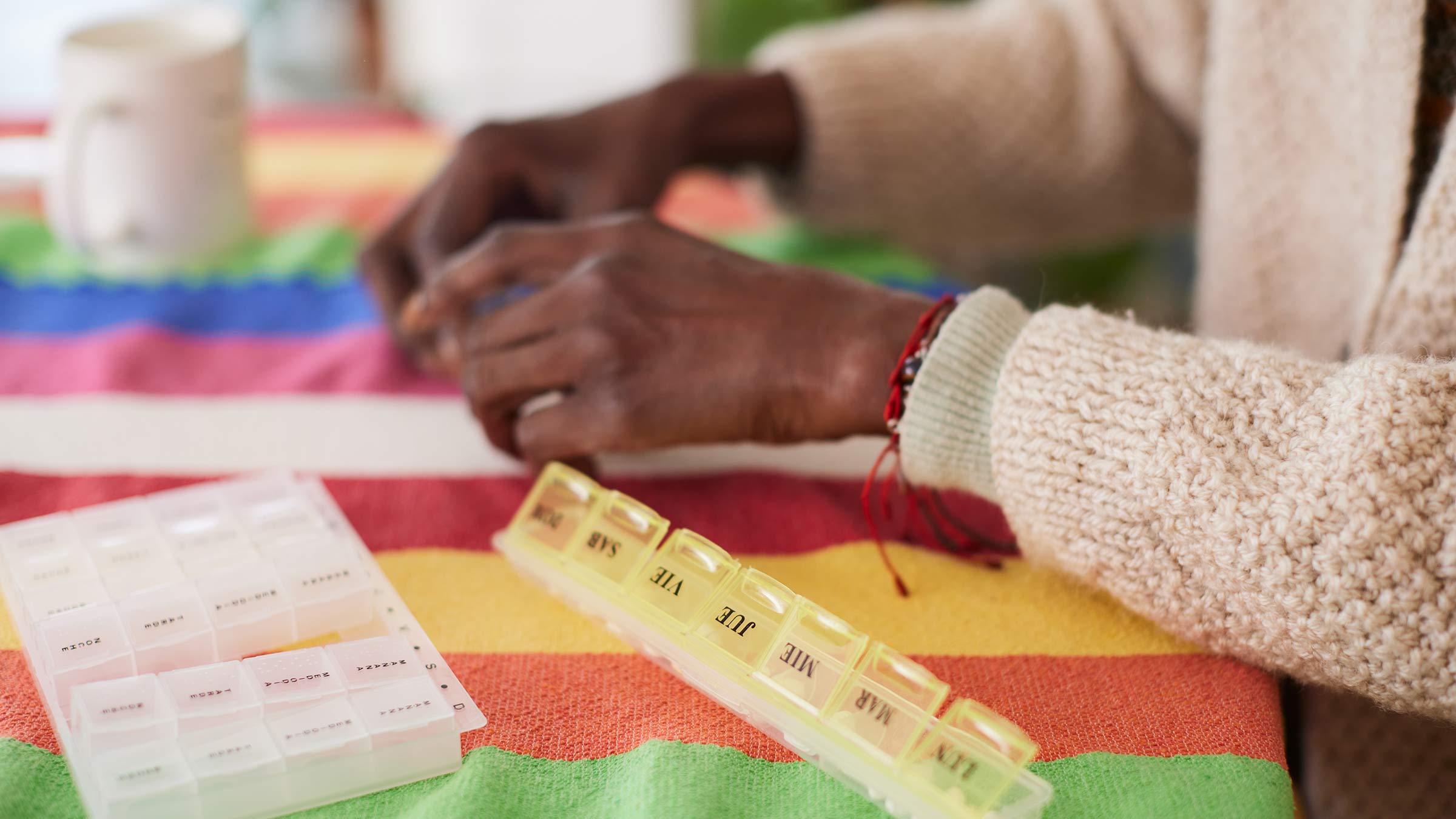
If Medicare helps pay for your medications, you could see lower costs this year.
Beginning in January 2025, some changes went into effect to make it more affordable if you have Medicare coverage for medications.
The changes were made to Medicare Part D. That’s an optional prescription drug coverage plan offered to people already enrolled in a Medicare program to bring down the cost of brand-name and generic medications.
Medicare is a federal health insurance program for anyone 65 or older and for younger people who and have a disability. It offers a range of coverage options for health care costs, including hospital and outpatient visits.
If you have Medicare Part D and are taking only one or two generic medications, you might not see much of a change in your costs this year. But if you take several medicines, you’ll likely notice a big difference this year in what you’d been paying at the pharmacy.
Medicare Part D changes in 2025
Some of the major changes to Medicare Part D include:
- Lower out-of-pocket limit: The maximum you’ll pay in out-of-pocket costs for covered prescription medications goes down to $2,000 a year from $3,800.
- Option to spread out costs: You can now opt into a program that would spread your out-of-pocket costs equally over the year, rather than having fluctuations in costs month to month. This program is called the Medicare Prescription Payment Plan.
- Extra support with medication costs for people with lower incomes: No annual deductible and lower co-pay costs if your income is under 150% of the federal poverty level (that means under $23,475 if you’re single and under $31,725 for a couple).
Savings at the pharmacy
Although the annual deductible for Medicare Part D rose slightly from $545 in 2024 to $590 in 2025, consumers are expected to save in many other ways.
If you’re enrolled in Medicare Part D and earn over 150% of the federal poverty level, you’ll pay the first $590 for medications in a given calendar year. After that, you’ll pay a much smaller portion of your drug costs until your out-of-pocket costs reach $2,000. At that point, recipients will not have to pay anything for covered medications until Jan. 1 of the next year.
Why Medicare Part D changed
The changes to Medicare Part D were part of the Inflation Reduction Act that passed in 2022 to bring down health care costs for consumers. These changes are among the most significant since Medicare Part D was first offered in 2006.
More lower drug prices to come
Beginning this year, the federal government negotiated medication costs on 10 popular brand-name medicines. And each year, more will be negotiated, which is expected to bring down the prices of those medicines if you have Medicare Part D.
Medicare Part D does not cover all prescription drugs. But if there’s a drug it doesn’t cover, it will cover another drug that has the same function or that’s in the same class of medications.
This is one of the main reasons it’s so important to look at your plan choices every fall. Medicare Part D Open Enrollment is between Oct. 15 and Dec. 7 each year. During that period, if you have Medicare prescription coverage, you can change plans to help make sure the prescriptions you’re taking are covered and to lower your costs as much as possible.
Find out more about Medicare Part D changes
I recommend two websites if you’re on Medicare or soon will be eligible for the program:
- Medicare website — https://medicare.gov. This site helps you find information about Medicare-related programs including Medicare Part D. At the site, you can compare your Part D plan options each year.
- State Health Insurance Assistance Program (SHIP) website — https://www.shiphelp.org/about-us/about-medicare. This site can help you get in touch with a trained volunteer to answer Medicare questions.
The recent changes to Medicare prescription coverage will make medications more affordable for many people.
While medications aren’t the only way to stay healthy, they can play a large part in treating and preventing health issues.
It’s best to stay informed about your Medicare Part D coverage options to get the most from this benefit.





